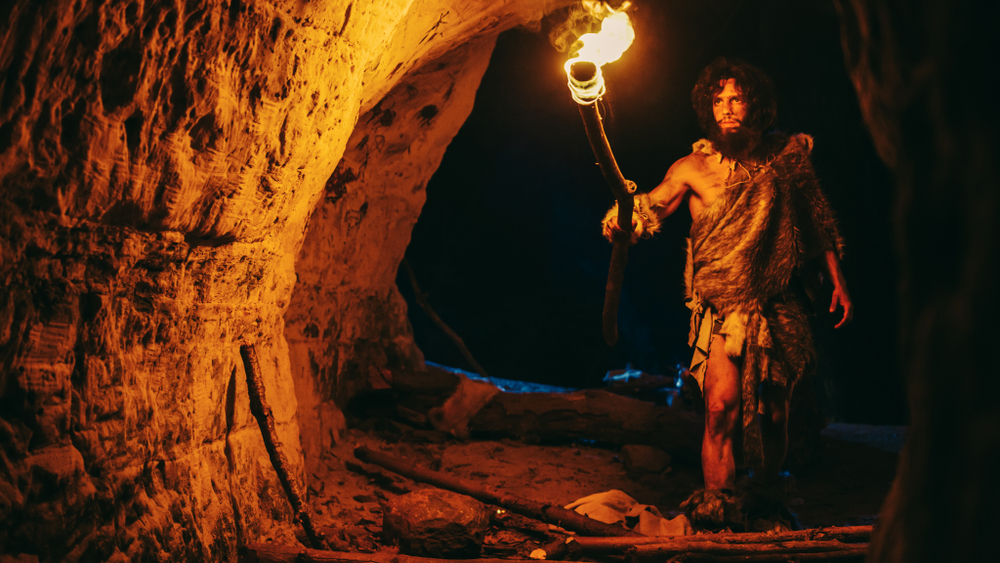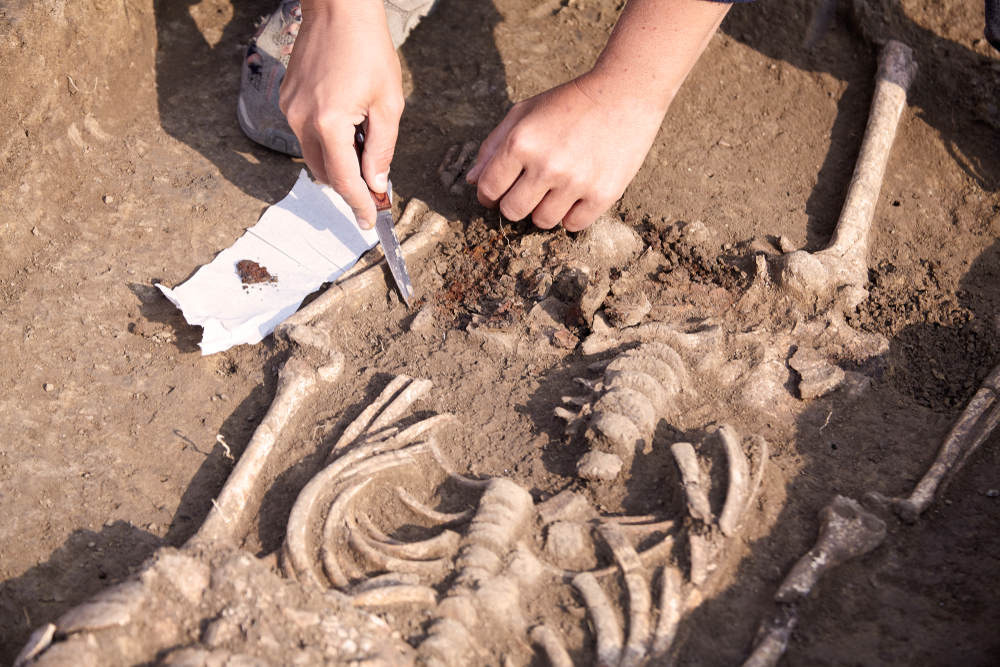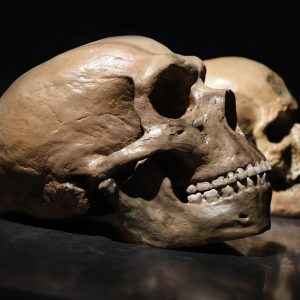 Gorodenkoff / Shutterstock
Gorodenkoff / Shutterstock
The mention of the name ‘Neanderthals’ usually gives most people the notion that they are an ancient set of people with characteristics of a short lifespan, brutality and naturally going into extinction. On the contrary, recent discoveries reveal that not all of them die early in life, but they lived so long till they became old, in spite of their turmoils and illnesses.
Historically, Neanderthals can be regarded as hunters who move about gathering games, thriving under hostile climates which were mainly more cold than what we have in the present day. They also came close regularly to various risks worse than the present-day man, not just while hunting, but it was like that because Neanderthals co-habited under the same ecosystems where big carnivores like hyenas, leopards and lions lived.
Nonetheless, the hostile and uncomfortable life that hunters lived did not affect them that much. Studies reveal that certain types of Neanderthals survived and grew to good old age. They also experienced some old age prone sicknesses like deteriorating lesions around the spine; osteoarthritis is the most compatible.
More discoveries also discovered that one grown male species member of the Neanderthal outlived fractures of the bones after he must have died, he would naturally be cast to mother earth by his family members who were in the same group with him.
Researchers, Asier Gomez-Olivencia and James Ohman, embarked on this archaeological journey to learn more about these unique set of creatures.
Who are these people?
In 1829, a fossil relic belonging to Neanderthal was first discovered in Belgium. However, in 1856, the breed was given a name from the finding of one fragmentary skeleton located in Germany. The place was known as Feldhofer, and it’s situated in the valley of Neander. An old name for ‘valley’ in the German language was penned down as meaning ‘thal’ and thus we have the scientific term called ‘Homo neanderthalensis’, meaning that humans who came from the valley of Neander.
In the early period of 20th century, the relics of many Neanderthals became discovered in France, consisting a complete batch of skeletons which were the best skeletons to remain complete around that time. The archaeological region of the place seated on the edges of rivers Vezere and Dordogne, is a place with many popular scenes,like the La Chapelle-aux-Saints, the rock shelter called Cro-Magnon and Lascauk.
These scenes are always crucial in giving archaeologists the chance to get a better idea of what evolution in humans means across Europe when the era of Upper Pleistocene was in existence, and that is 126,001 years back, towards the latter part of the freezing era that was estimated to be a dozen years earlier. Among these locations was one known as the ‘La Ferrassie’, situated in Dordogne, France. It has produced a full set of two grown-up skeletons and a set of deficient skeletons belonging to five Neanderthals youngsters and a small portion of abnormal dental relics.
Majority of the skeletons that were discovered was at the start of 20th century. However, the past unearthing period is done at the locations (between the 1960s to 1970s) enabled archeologists to uncovered the skeleton of a minor, known as ‘La Ferrassie 8’ (the exhuming was done between 60s and 70s). The current researchers had the opportunity to go ahead and rounded up the minor’s skeleton after the re-examination of the bone remnants.
 Xolodan / Shutterstock
Xolodan / Shutterstock
Modern data obtained from the stone age grave
The first skeleton discovered was La Ferrassie 1 (short form, LF1) at the rock shelter of La Ferrassie in 1909. Till today, it still ranks among the best skeletons from Neanderthal that is complete as at the time of discovery. The skeleton LF1 belongs to a man who came from Neanderthal ancestry and uncovered at Dordogne. Its calculated age was around 69,000-49,000 years of age. He was around 40 to 55 years when he passed away, and that was an acceptable old enough age for his type of species. His height was moderately tall, around 173cm to 5’ft 8 inches, and his weight was estimated to be close to 87kg.
The modern researchers also made use of new non-prying technologies as tools to finish up their straightforward examinations of the LF1 skeleton. Their observation spotted various irregularities around the spinal region and the clavicle mold. When a scan through the CT was used, it was shown that the possible reason was that the clavicle at the left side was fractured that must have occurred during the relic’s adolescent this year.

Petr Student / Shutterstock
Apart from this physical defect, the Neanderthal youth also had other fractures. Past investigations into this work as well revealed that the particular Neanderthal fellow fractured somewhere around his femur, plus some deteriorating lesions were on his spinal area, which is commonly found in osteoarthritis. He also went through diseases of the lungs, from past studies, and that may be the real thing that finally led to his demise.
In summary, the research reveals that a lot of the Neanderthals could have survived far into advanced days than what past studies calculated, just as we are in the modern era, and the two authors believed that some groups truly performed funerals for their departed.
Gomez and Ohman also concluded that the ancient Neanderthals were assisted by their clans and group members whenever they got wounded, just as we do have in the modern day, and that aided their survival. Many of these Neanderthals attained old years. The two archeologists wanted the world to get more knowledge about these ancient beings instead rather than to castigate them as barbaric and brutal. The archaeologists believe that they deserve respect and admiration.





